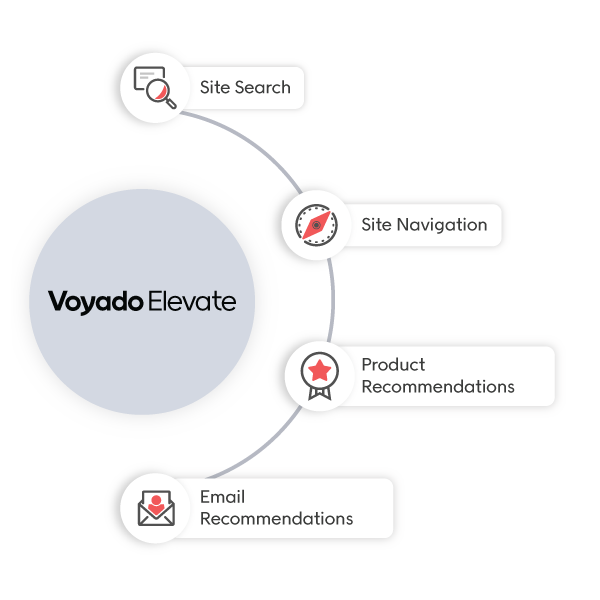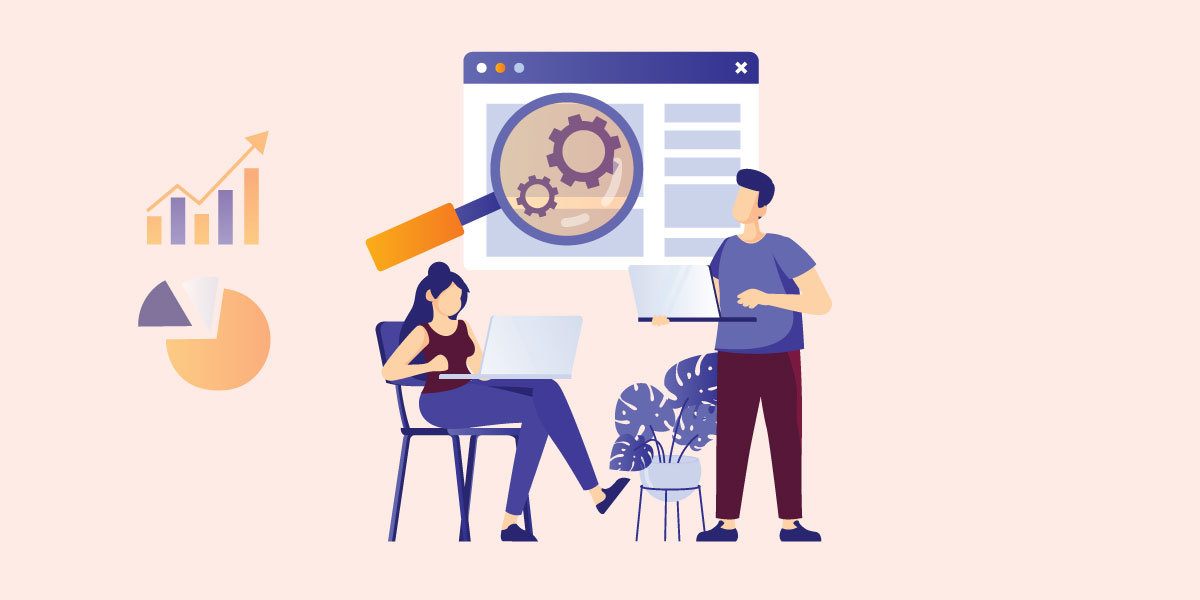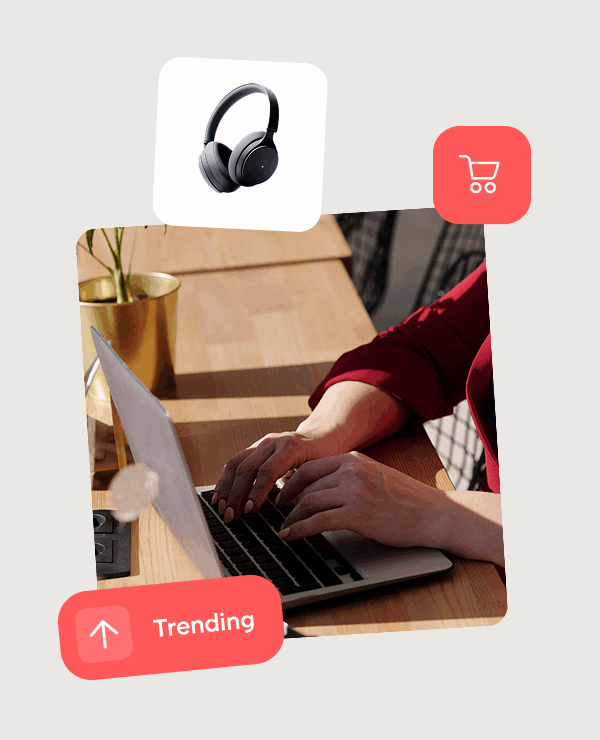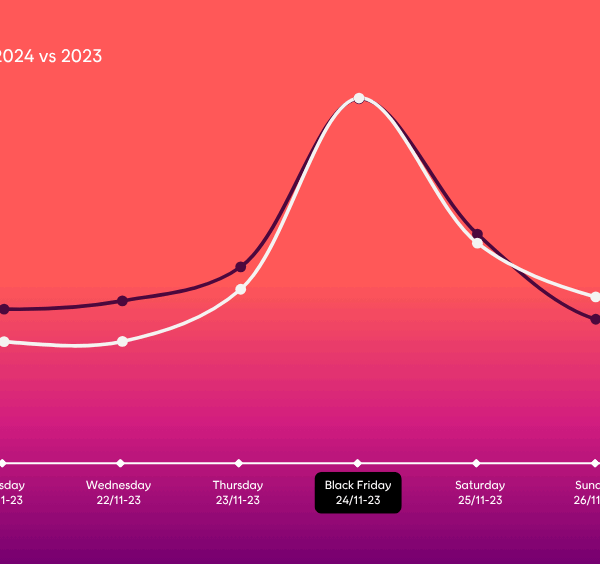Introduction
After years of prosperity and a seemingly never-ending economic boom, things have taken a turn for the worse. Inflation has re-emerged, leading to rising interest rates which are affecting economies across the world. No business is spared; harder times lie ahead.
In economic downturns, businesses need to examine every aspect of their operations. This is when retailers may focus on cost-saving measures and finding ways to serve their customers better, even though resources may be limited. In this post, we examine some important/common areas where retailers invest time, money, and energy during economic uncertainty.
1. Omnichannel e-commerce
The pandemic accelerated the shift to online retail, and as a result, customers expect ubiquitous and seamless shopping experiences across channels. To keep up, retailers need to be where customers expect them to be – available on any device, anytime, anywhere.Tip: If you are not already present online for your customers, now is a good time to start. There are advanced systems available to help you to digitize your product information, set up an e-commerce platform, and start merchandising and selling your products online. To learn more about how product discovery can help your online merchandising at Voyado Elevate.
2. Owning and analyzing your customer data
The past decade has seen the mantra “data is the new gold for the 21st century” consistently repeated. There are several benefits to collecting, consolidating, and analyzing retail and consumer data in order to make businesses more competitive and serve better customer experiences, including:
Drive more sales – By collecting and using customer data in combination with third-party systems, your company can be more precise in its recommendations, leading to an increase in basket size and ultimately resulting in more sales.
Save time and money – More and better data will help your customers find what they want more quickly. By sharing some personal information, customers simply expect better service in return. Additionally, the brand experience will become more positive, and it will be easier for the internal organization to stay focused on the important tasks.
Build better customer relationships – Having data about your customers and knowing how they interact with your company enables you to optimize your operations. By gaining a deeper understanding of your customers’ behavior, you can make better-informed business decisions, which will ultimately result in better customer experiences – it’s a win-win.
Tip: Customer data is valuable so make sure to collect, store, and use it to benefit of your customers and your business. A good start is to use a customer experience platform (CXP) and product discovery solutions to automate processes and become more efficient, which improves your brand perception.
3. Customer engagement and loyalty programs
Acquiring a new customer is much more expensive than re-engaging an existing one. Furthermore, returning customers are likely to spend more over time, and surveys show that 80% of the recurring business is generally generated by the top 20% of the customers. In times of economic downturn, retailers need to increase engagement among their existing and loyal customers.
People will go the extra mile for brands they love and are willing to sign up for customer loyalty programs to be more inspired. Additionally, these same people spend more money on the brands they favor. The value that companies and brands can potentially unlock is nothing short of extraordinary. Recent statistics from The Loyalty Report reveal that more than 70 percent of global customers have loyalty towards at least one brand or specific company, and in the US alone, the average consumer belongs to almost 17 different loyalty programs.
Tip: To retain loyal customers, it is essential to have a customer loyalty management strategy in place. Voyado is a platform designed for retail businesses to manage loyalty and create personalized communication through email and SMS with detailed segmentation.

4. Cost-saving initiatives
During an economic downturn, it is crucial to become more efficient and reduce overhead expenses to maintain profitability. However, cutting costs may impact the quality of your overall offering.
Cost savings may be painful but necessary to remain competitive in the long run. Hands-on measures, such as reducing rent costs for physical stores, can increase the profit margin as traditional brick-and-mortar sales may not rebound to pre-pandemic levels.
Tip: Investing in an online presence can lead to cost savings and take advantage of the growing trend of e-commerce sales. By investing in e-commerce and best-of-breed solutions for on-site search, navigation, recommendations, marketing automation, etc., businesses can expose their products where customers expect to find them and provide better experiences across channels.
5. Marketing and advertising
During economic downturns, businesses need to cut spending across the board, including marketing and advertising. However, it is important to reach customers effectively while being mindful of budget constraints.
In tough economic times, shoppers prioritize essential purchases and cut back on expendables. According to The Harvard Review, strong brands that consumers recognize and trust can help businesses reduce risk and adapt to changing consumer behavior.
Tip: During times of economic downturn, loyal customers become even more crucial as they can provide a reliable source of cash flow and organic growth. To nurture these relationships, businesses should have loyalty programs in place. A Customer Data Platform (CDP) can help by making it easy to create, manage, and automate customer communication. This way, you can maintain a strong connection with loyal customers even when marketing budgets are cut.










